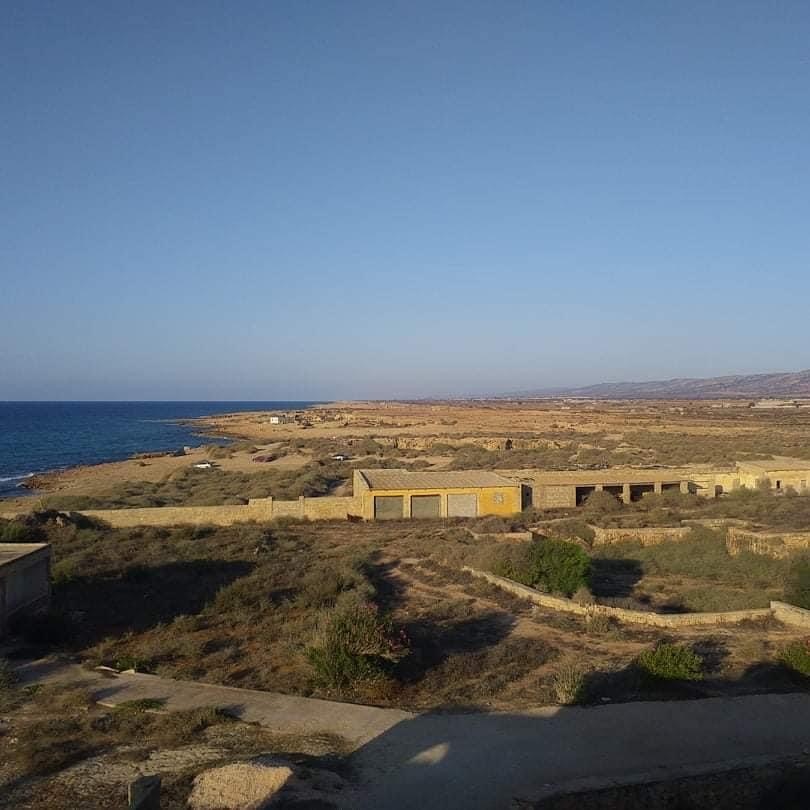It is a town on the coast of the Al-Marj District in the Cyrenaica region of northeastern Libya. Today it is a coastal town 25 kilometres west of Al-Marj. It is about 70 km away from the city of Benghazi.
It was founded by the Greeks and considered by some to be part of the Pentapolis of Cyrenaica, at a later period it became a Roman colony and was fortified by Justinian I. (Procop. de Aed. vi. 3.)
It has a museum and a collection of Greek and Roman antiquities. Some consider it part of the five Libyan cities that were established in eastern Libya, and archaeological excavations began in the sixties of the twentieth century.
Among the most prominent monuments of the old town are the quarries and the tombs, towers and walls of the city, the Dikumanos Street, the Byzantine baths and the Byzantine-Islamic fortress, in addition to the Tocra Museum located inside the Turkish-Italian castle.
Origin of the Name
Under the Ptolemies it obtained the name of Arsinoe (Arsinoë) (Greek: Ἀρσινόη), after Arsinoe II of Egypt, named by her brother and husband, Ptolemy Philadelphus. Later it became known as Tocra or Tukrah or Tokra, and then Al-Agouriya in Arabic.
Al-Agouriya is the name given to it by the deposed dictator Muammar Gaddafi, in reference to the Agouri tribe. The town's largest tribe is the Barghathi tribe, who claim the town their own. There are tribal rivalries with the Abdali tribe. Both the Barghathi and Abdali tribes belong to the Agouri tribe. After the 17 Feb revolution, inhabitants of the town went back to the old name, Tokra.
Agriculture
It is most famous for its figs.

